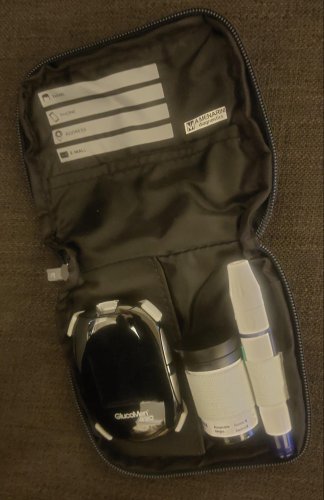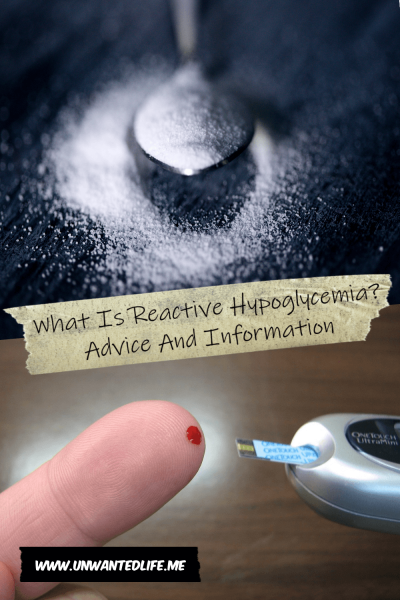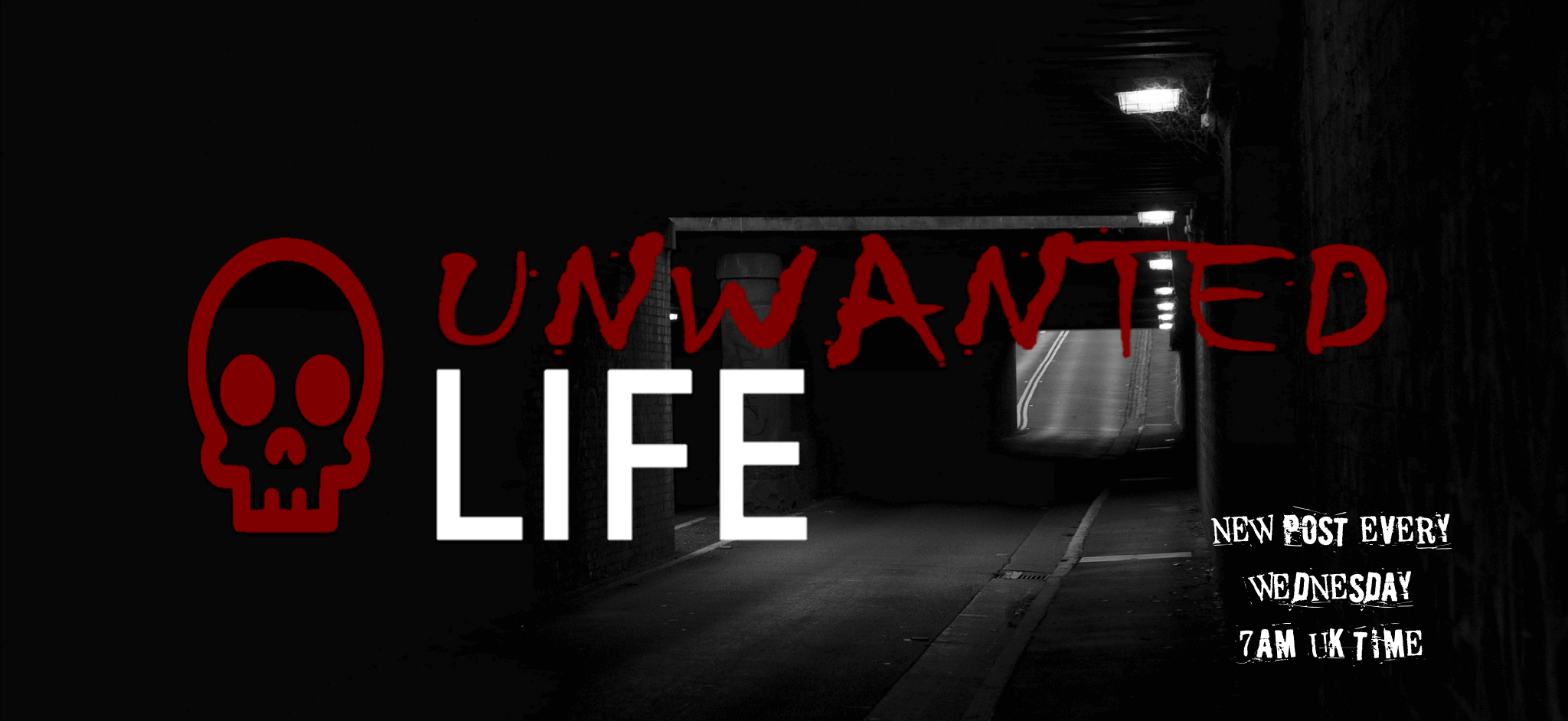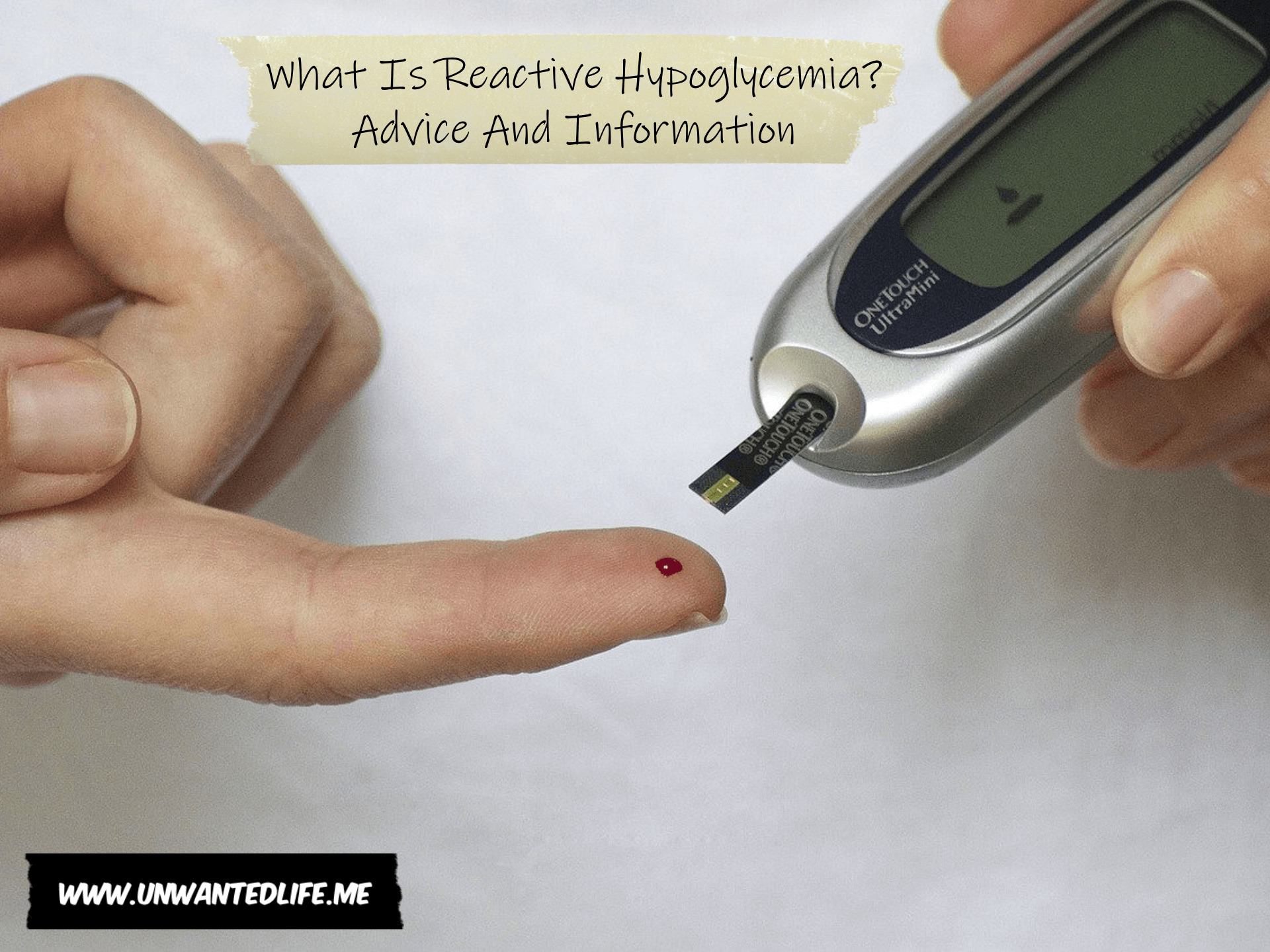I recently had a 5-hour glucose test to find out if I have reactive hypoglycemia, which was stopped early due to my glucose levels dropping below their safety limit. The fact that it had to be stopped, kind of proves that I must have reactive hypoglycemia.
However, even though this happened at the start of September, I still don’t have my official results back with my diagnosis (even though I’ve been chasing this up for weeks). So while I wait for my diagnosis to be officially confirmed, I thought in the meantime I’d share with my readers what reactive hypoglycemia is.
I’d never heard of reactive hypoglycemia until I had my appointment with the endocrine team, after My Experience Of The Short Synacthen Test (SST). I’d only ever heard of the normal hypoglycemia until that point, a few months ago.
Anyway, without any further ado, let’s get to the topic at hand, what is reactive hypoglycemia?
Blood Sugar Regulation
First, let’s look at the basics of the condition. Our bodies need glucose to function. This is our main source of energy, especially for our brains. We get glucose through our bodies, breaking down carbohydrates from the foods we consume, such as bread, fruit, pasta, and potatoes.
Most of you will be aware of how people with diabetes need insulin in order to function. Insulin is a hormone produced in the pancreas that allows the glucose in our bloodstream to enter the cells where the cells can then put it to use. What you might not be aware of is that extra glucose is stored in the liver and muscles in the form of glycogen (Mayo Clinic).
Without insulin, glucose can’t be absorbed by the cells, which can result in your blood glucose levels becoming too high. This is a problem for diabetics because consistently high glucose levels in your blood will lead to damage to your blood vessels, your heart, your eyes, your feet, and your kidneys, and cause nerve damage (Diabetes UK).
As part of our body’s intricate homeostasis system, there’s another hormone our pancreas can release: glucagon. Insulin and glucagon work together to keep our bodies blood sugar levels within an optimal range (Medical News Today).
When your blood sugar levels drop too low (e.g. due to not eating in a long time) your pancreas releases glucagon. This will lead to the stored glycogen being converted back into glucose to raise your blood sugar level back to within its optimal range until you eat again (Mayo Clinic).
Glucagon is also released when our bodies demand more glucose than normal. For example, in response to your fight or flight response being activated or due to doing exercise, such as hitting the gym for a 2-hour session. It can also trigger fat being broken down into fatty acids for use as fuel by our cells as well (Diabetes.co.uk).

Hypos After Eating: Reactive Hypoglycemia
Reactive hypoglycemia is a term used for recurrent drops in blood sugar that typically happens within 4 hours of eating (Diabetes.co.uk). This is typically known as a hypo. Hence why I was sent for a 5-hour glucose test.
Thus, eating is likely to cause the overproduction of insulin, the result of which is a drop in the body’s blood glucose levels. For whatever reason, the low blood sugar isn’t able to be raised back to optimal levels on its own. Thus, someone suffering from a hypo will have to raise their levels by eating.
Causes Of Reactive Hypoglycemia
One of the main causes of reactive hypoglycemia is taking too much diabetic medication, causing your body to have too much insulin in the blood. The results of which cause your blood sugar levels to drop too much.
However, for people like me who aren’t diabetic, there often isn’t a concrete reason as to why we have the condition.
But here is a list of a few known causes:
- The sufferer could have insulin hypersensitivity.
- The sufferer could produce too much insulin.
- They could have inherited a fructose intolerance (Verywell Health).
- They could have a deficiency in glucagon production.
- They could have a rare enzyme deficiency (WebMD).
- They could have an adrenal or pituitary gland disorder, which would affect the hormones that control glucose production (Medical News Today).
- They might have Insulinoma – a rare, usually benign tumour (Verywell Health).
- It could be the result of bariatric surgery, such as a gastric bypass (Today’s Dietitian).
- Too much glucose may be used up by a benign tumour (Diabetes.co.uk).
- It could be a sign of another disease or condition which arises spontaneously (Medscape).
- But like I said, there might not even be a knowable cause (Verywell Health).
Signs And Symptoms Of Reactive Hypoglycemia
Common Symptoms
- Anxiety.
- Foggy thinking.
- Dizzy spells.
- A pale face.
- Fatigue, weakness, tiredness, and sleepiness.
- Headaches.
- Nausea.
- Feeling hungry more frequently.
- Irritability.
- Lightheadedness.
- Sleeping problems.
- Sweating.
- Tingling sensation in and around the mouth.
Severe Symptoms
- Confusion.
- Changes in behaviour.
- Poor concentration.
- Slurred speech.
- Clumsy movements.
- Blurry or double vision.
- Seizures.
- Loss of consciousness.
- Heart palpitations.

Diagnosis
My 5 hours glucose test was done to be able to diagnose me with reactive hypoglycemia. During the test, I had blood tests every 30 minutes to measure my blood glucose levels, as well as monitor my insulin levels, after having an initial glucose drink at the start of the test. This allowed them to see if my glucose levels would stabilise, raise back to their optimal level, or keep dropping.
My test had to be stopped early because my glucose levels dropped below their safety line. I wanted to continue because I was barely feeling any symptoms at all, but they wouldn’t allow it.
Treatment
Treatment very much depends on if there’s a knowable cause. If there is, then treating that underlying cause should treat your reactive hypoglycemia. For example, if the cause of your reactive hypoglycemia is a tumour, like an insulinoma, then its removal should stop you from having any more reactive hypoglycemia hypos.
Otherwise, it’s less treatment and more symptom management and avoidance.
Symptom Management Of Reactive Hypoglycemia
There are a few things you can do if you’re having a hypo to start feeling more normal or to help you recover long enough to manage your hypo properly.
Rule Of 15
One such thing that you could do is to follow the “Rule of 15”. It’s a simple rule where you should consume 15 grams of fast-acting carbohydrates, then wait 15 minutes. If you don’t feel better after 15 minutes, then check your blood sugar levels and consume a further 15 grams of fast-acting carbohydrates. Repeat the cycle until your levels are within your body’s homeostatic optimal blood glucose range (Diabetes Self-Management).
Fast-acting carbs:
- Half a banana (Verywell Health).
- 3–4 glucose tablets (MedlinePlus).
- A small carton of pure fruit juice (Diabetes UK).
- Soft drink, usually 4–6 ounces or 165 millilitres (Verywell Health).
- 1 dose of glucose gel (Diabetes Self-Management).
- 5 jelly babies (Diabetes UK).
- 1 tablespoon of honey (American Diabetes Association).
- 1 tablespoon of sugar (Diabetes Self-Management).
- 1 tablespoon of syrup (American Diabetes Association).
Lifestyle Changes
- Rather than eating the standard 3 large meals, eat small meals every 3 to 4 hours throughout the day instead (that’s what I was told after my 5-hour glucose test).
- Try to eat 5-10 grams of soluble fibre per day (HealthLink BC).
- Oatmeal, oat bran and barley.
- Dried peas, beans and lentils.
- Vegetables and fruits with their skin.
- Try to eat foods that feature in the low category of the glycemic index score.
- This one hurts. Avoid drinking beer because they’re a carb-heavy drink. If you drink spirits, avoid mixing them with sugary soft drinks and juices. Plus, try to eat when you’re drinking (HealthLink BC).
- Exercise regularly.
Examples Of Carb-Free Foods – Diabetes UK
- Protein:
Meat (e.g. beef, lamb, pork, fowl, and fish).
- Fat:
Lard, ghee, margarine, and oils (e.g. olive oil and coconut oil).
- Dairy:
Cheeses and butter.
- Vegetables:
Asparagus, broccoli, bell peppers, spinach, mushrooms (a fungus not a vegetable), and avocado.
- Drinks:
Water, sugar-free drinks, diet drinks, diet squashes, black tea, and coffee.
As always, leave your feedback in the comments section below. Also, feel free to share your experiences with reactive hypoglycemia, hypos, and diabetes in the comments section below as well. If you want to stay up-to-date with my blog, then sign up for my newsletter below. Alternatively, get push notifications for new articles by clicking the red bell icon in the bottom right corner.
Lastly, if you’d like to support my blog, then you can make a donation of any size below as well. Until next time, Unwanted Life readers.


This is great information to know – thanks for sharing! WIll be printing and sharing!
Thank you ?
I often get hypoglycemic symptoms! I always thought it’s because I have a plant-based diet and that I need protein. Did the doctors mention diet by any chance?
Thanks for the informative post. 🙂
Julie | http://www.darkbluejournal.com
I have an appointment with a dietitian this Monday, so hopefully we can find some complex carbs I actually like, and the right balance of fibre and proteins I’ll also like
This is interesting. I had never heard of it before, although I have had several family members who have had issue with diabetes and pre-diabetes. 5 hours of the test would be no fun, I had to take a similar 3 hour test both times I was pregnant to test for gestational diabetes.
I didn’t know pregnancy could cause diabetes
I’m diabetic so know all about hypoglycemia. Do you recall what they said their safety point was for your falling blood sugar? Just curious. As for symptoms, it can be odd. Sometimes bloods can only be a little bit low and I’ll feel the symptoms massively and other times they can be very low and I’ll barely feel the symptoms. Hopefully you can find out the cause of yours! x
Sophie
I can’t remember what the figure was now for their cut off point, but I wasn’t showing any symptoms. Which has left me wondering just how low my blood sugar might go when I do show symptoms
As a diabetic, I learned a whole lot of information today about my disease and hypoglycemia. Thank you very much for this very informative post
Wow, I’ve never even heard of this before, how very frightening for anyone who experiences these symptoms but doesn’t know what they are or what to do. Such an informative, detailed and helpful post, thank you very much for sharing this. Lisa
Thanks for reading ?
This is really interesting! I am sorry it is happening to you but I am glad you chose to write about it. I am a type 2 diabetic and use a Freestyle Libre flash glucose monitoring system and until recently was on insulin but I am working on getting it under control without insulin. Your explanations explain why I go low especially when I was on insulin and Glumetza or if I don’t eat for a while. Mostly stuff I knew but from a different angle which is interesting in itself.
I thought most type 2 diabetics just needed to take pills to manage it. Learn something new every day
It really depends on a lot of things. For me they started me out on insulin as we found out when getting testing done when we were trying get pregnant. It never happened but after that my control was so good with it that they kept me on it.
At one point I developed a condition called dermotographia which caused skin allergy reactions each time I took insulin so o was switched to a long acting once a day insulin and then I managed to get good control again after Glumetza was added and with the use of my Libre so insulin was stopped one I got to the point 10 units a day was too much and I was getting too many lows.
For a lit of type 2s especially early on sometimes diet and excersize alone or with pills can be enough. Its common though for a lot of type 2s to eventually end up on insulin eventually.
Was the skin allergy caused by the insulin or something else to do with the injecting process?